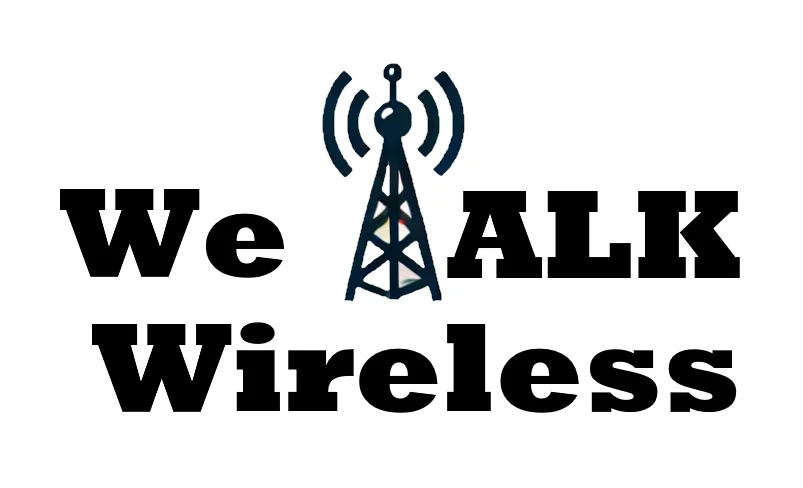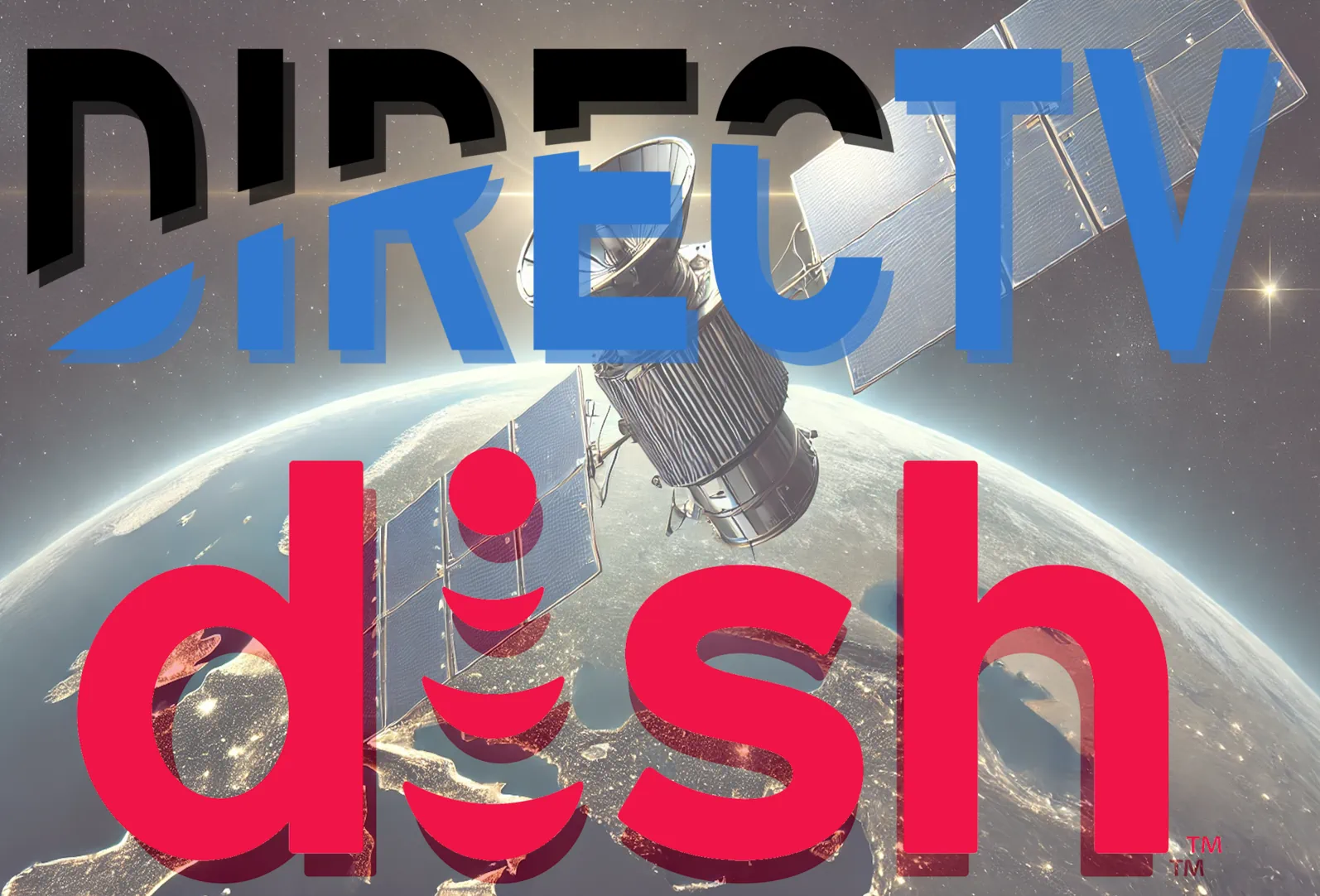EchoStar announced today that it has agreed to sell DISH DBS corporation (DBS), including Sling TV, to DIRECTV for $1 plus the assumption of DISH’s massive debt that has face value of around $9.75 billion. The transaction is pending regulatory approval which isn’t expected to be an issue unlike when they tried to merge in 2002, given the more diverse competitive landscape today that now includes streaming media. The deal will also require approval from DISH’s debt holders. If approved, the deal is expected to close in the fourth quarter of 2025.
In addition to the DBS sale, EchoStar also announced that it received $2.5 billion in new financing from TPG Angelo Gordon and other co-investors at DBS to extinguish DBS’s $2 billion November 2024 debt maturity, with the remaining funds going towards general corporate purposes.
By close, EchoStar says it will have reduced its total consolidated debt by approximately $11.7 billion and reduced its consolidated refinancing needs through 2026 by approximately $6.7 billion.
EchoStar Can Now Invest More in Developing Its 5G Open RAN Network
By offloading DBS and reducing its financial burden, EchoStar can now go all-in on developing and deploying its 5G Open RAN cloud-native wireless network. With its freed-up resources, the company aims to further position itself as the nation’s fourth facilities-based carrier through its Boost Mobile brand and the Boost 5G network. To date, EchoStar has struggled mightily in this area. The company has been bleeding wireless subscribers virtually every quarter ever since DISH acquired Boost Mobile in July 2020 (DISH and EchoStar merged on December 31, 2023). An April 2024 article in BestMVNO noted that DISH lost nearly 2 million subscribers since acquiring Boost Mobile and several other wireless brands along the way.
EchoStar has faced various obstacles in trying to grow its wireless division. The company failed miserably in trying to launch a premium postpaid brand, Boost Infinite. It lasted on the market as a brand for less than two years before being folded into Boost Mobile a few months ago. EchoStar failed to differentiate the brand properly from Boost Mobile, and there were no carrier stores to shop at for Boost Infinite like other carriers have. These are two big factors that likely contributed to its demise.
Boost Infinite also failed to properly deliver on its promise that customers would access the native Boost 5G network, as well as seamlessly roam on the T-Mobile and AT&T networks. Customers with a Boost 5G network “Rainbow SIM” were supposed to have access to all three networks but very few customers were given access to Rainbow SIMs. Those who were lucky, or maybe not so lucky, to get such a SIM found that service didn’t work as well as promised. The Boost 5G network was undergoing growing pains, and customers found the handoff between the Boost 5G network and the other two networks didn’t occur as quickly and seamlessly as they had hoped leading to a poor wireless experience.
Other factors contributing to the loss of customers over the past few years included a ransomware attack in 2023 that shut down Boost’s payment platform and website. Dealers have also complained of a few separate outages. Some customers were also upset to find that their advertised unlimited plans weren’t really unlimited at high speed, causing them to switch to another provider. The winding down of the ACP program also caused a loss in subscribers.
EchoStar Can Take Advantage of Its Satellite Expertise to Launch Satellite-To-Cellular Connectivity
Still, there is hope that EchoStar can turn it all around. The sale of DISH and removal of so much debt is a lifting a huge burden. EchoStar can now start to really focus on investing in its 5G network without having its hands tied so much in financial constraint. It does have an advantage over the big three wireless carriers in that its network is not tied to legacy technology and 4G LTE networks. And EchoStar may have another advantage up its sleeve as it revealed in its announcement today to sell DISH.
An interesting note is that EchoStar says it plans to “further leverage its satellite assets and experience, including developing innovative direct-to-device D2D solutions.”
This year has seen a surge in interest in merging satellite networks with terrestrial networks for increased wireless coverage, and networks without coverage gaps. AST Spacemobile (ticker ASTS) secured partnerships with funding from both AT&T and Verizon. Verizon’s deal gave the company a $100 million capital raise earlier this year while AT&T’s deal included $20 million and a revenue sharing agreement. AT&T and Verizon are both sharing 850MHz of their low-band spectrum with AST Spacemobile so that each network can expand their cellular coverage through satellites. AT&T says it’s working with AST Spacemobile to one day offer voice, text, data and video services in off the grid locations through the technology. AST Spacemobile’s recently launched satellites are designed to support a capacity of up to 40MHz with peak download speeds of 120Mbps.
T-Mobile, meanwhile, has partnered with SpaceX to enhance its coverage through satellite use.
AT&T, T-Mobile, and Verizon have been partnering with third parties to try and expand their cellular coverage through the use of satellites. But as EchoStar points out, it has many years of experience in the satellite business, giving it an advantage where it may not need a third party to enhance its 5G network coverage with satellite services.


order androxal generic is good
buy androxal with no prescription
purchase enclomiphene generic vs brand name
online order enclomiphene generic dosage
buying rifaximin low cost
buy rifaximin generic compare
how to buy xifaxan generic uk buy
cheap xifaxan uk meds
order staxyn uk suppliers
staxyn cheap no membership
cheap avodart generic compare
buy cheap avodart purchase australia
canadian pharmacy dutasteride pills 100 mg
purchase dutasteride low cost
buy flexeril cyclobenzaprine generic canadian
cheap flexeril cyclobenzaprine generic india
get gabapentin uk delivery
ordering gabapentin generic europe
cheap fildena australia price
buying fildena uk no prescription
no prescription required itraconazole
how to buy itraconazole buy from canada
koupit kamagra přes noc fedex
kamagra porovnat cenu cvs
kamagra et prise de poids
sans ordonnance kamagra commander
purchase enclomiphene united kingdom
cheapest buy enclomiphene generic sale
cheap androxal canada suppliers
cheapest buy androxal cheap canada